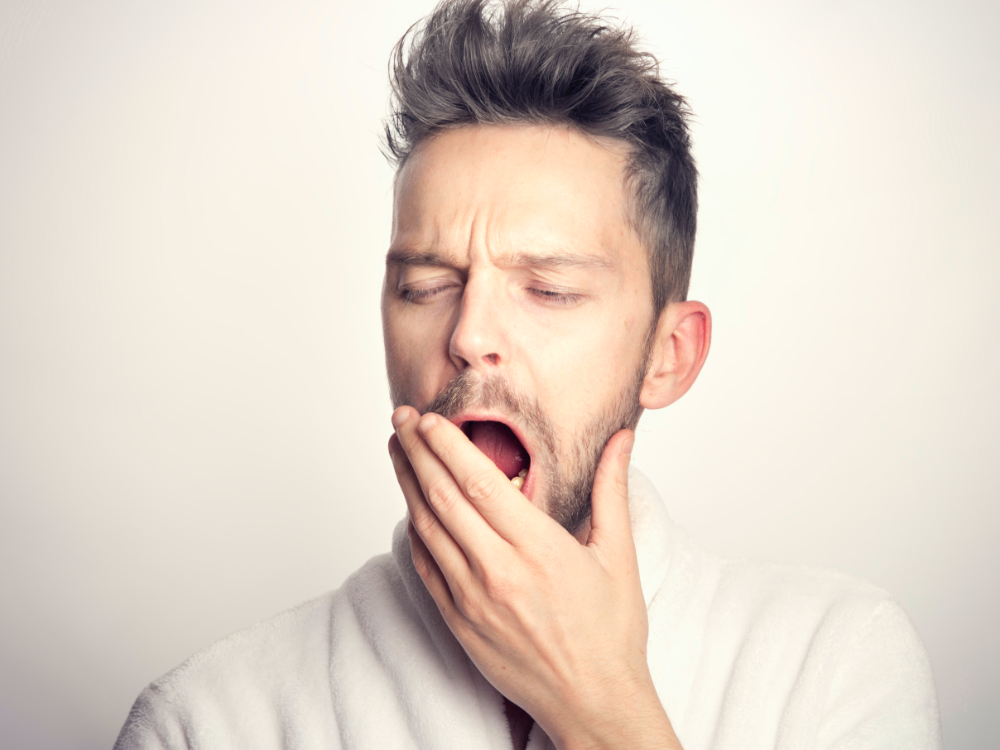- Home
- Ibogaine Treatment
- Taking Ibogaine at Tabula Rasa
- During the Treatment
During the Treatment
During the Treatment
For those of you who may be new to ibogaine therapy, whether it be for addiction, for psycho-spiritual development, or the treatment of mental health issues, we want you to know what to expect during the treatment, so we have listed the various stages below, as well as what to expect during each one.
During the treatment, we will always have a fully trained, in-house medical team available to you. Should you have any doubts or issues, no matter how trivial they may seem to you, we want to know about them and encourage you to speak to our staff before the treatment begins.
Treatments vary between clinics and while some will provide music during sessions, others will favor silence. Here at our center, we will discover what works best for you, because every experience and person’s needs are different. When the time is right for you to take ibogaine, it will be administered in four distinct phases.

Phase One
The first phase consists of what we call the “test dose.” This dose aims to reduce withdrawal symptoms and monitor for any adverse reactions.
Symptoms such as dilated pupils, yawning, and sneezing are to be expected shortly before the ibogaine begins to work, as you should ideally be starting withdrawals (if being treated for opioid addiction).
If there are no adverse cardiac reactions on your behalf, then we can safely proceed with the main flood dose.
Within forty minutes of taking Ibogaine there is an audible buzzing in one’s, after which the visions will commence while you keep your eyes closed. They usually begin with bright lights and sequences of images drawn from your subconscious.
Sometimes the nature of these visions can be challenging, as they will often be connected to past traumatic experiences. While some may experience them as terrifying, others will accept them from a detached point of view as they rise from the mist of the subconscious; it truly does vary from case to case.
Between two to four hours after, the lucid dreaming visions make way for a complete cleansing of the mind—that wiping of the hard drive mentioned earlier, as the ibogaine will be fully at work on repairing your synapses and cleaning out neural pathways.
Anywhere between twenty to thirty-six hours later, you will start to regain control of your body movements as the ataxia (difficulty moving) fades; with it, insomnia shall disappear too, and you will slowly feel restored to a sense of normal functionality.
After about forty-eight to seventy-two hours, you will notice a heightened state of well-being, as your brain and body become flooded with endorphins, serotonin, and dopamine—a state commonly known as the ibogaine “rebirth effect.”


Phase Two
During this phase, you will feel restored to a sense of functional, recognizable normality. Even though your senses, body functions and thoughts work as you know them to, it is normal to feel physically spent.
Many of our clients compare this phase to feeling like an innocent newborn: somewhat exposed and raw.
Tears could flow incessantly. You may feel disoriented, or you may also feel a surge of happiness as you let go of this repressed negativity that floods by; again, it really does vary from case to case.
While feeling forced to confront challenging memories that may have been hidden away in the folds of your mind for some time, you will also experience the relief that comes from realizing that you are no longer in the throes of your formerly inescapable cravings.
Phase Three
Upon waking from what could potentially be your first night of restful sleep, you’ll experience a focused mindset, controlled emotions, and minimal, if any, opioid withdrawal symptoms or drug cravings. You’ll feel reinvigorated and reenergized.
This state of mind presents a unique opportunity to restructure your life, and our aftercare program is poised to take advantage of your newfound positive outlook, helping you pave the way to a bright future.
With the aid of the holistic practices we will coach you on, such as meditation, exercise, nutrition, massage, and therapy, you’ll enjoy a life of sobriety after your ibogaine treatment.


Phase Four
As you settle back home, the fourth phase of your recovery begins. It’s common to feel the return of old emotional triggers and the weight of past experiences, which can lead to emotional overwhelm or sudden outbursts of anger.
That is why it’s crucial to use the positive outlook you gained in phase three to brace yourself against these reactive tendencies.
Keep in mind that ibogaine is not a cure-all, and it won’t do all the work needed for your long-term recovery. You’ve been transformed by your ibogaine treatment, but those close to you and your environment may remain unchanged.
To ensure successful aftercare and recovery, it’s crucial to heed the advice of our counselors on the critical pillars of ongoing care.

